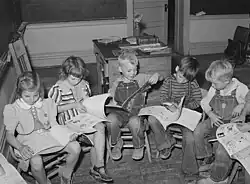Portal:Children's literature
The Children's Literature Portal
Children's literature or juvenile literature includes stories, books, magazines, and poems that are created for children. In addition to conventional literary genres, modern children's literature is classified by the intended age of the reader, ranging from picture books for the very young to young adult fiction for those nearing maturity.
Children's literature can be traced to traditional stories like fairy tales, which have only been identified as children's literature since the eighteenth century, and songs, part of a wider oral tradition, which adults shared with children before publishing existed. The development of early children's literature, before printing was invented, is difficult to trace. Even after printing became widespread, many classic "children's" tales were originally created for adults and later adapted for a younger audience. Since the fifteenth century much literature has been aimed specifically at children, often with a moral or religious message. Children's literature has been shaped by religious sources, like Puritan traditions, or by more philosophical and scientific standpoints with the influences of Charles Darwin and John Locke. The late nineteenth and early twentieth centuries are known as the "Golden Age of Children's Literature" because many classic children's books were published then. (Full article...)
Selected article

Selected picture
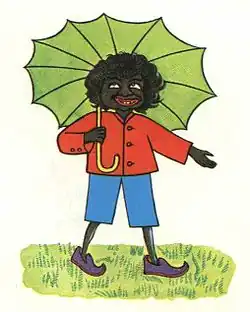
Little Black Sambo (1899), illustrated by Helen Bannerman, uses racial stereotypes to depict the Indian hero.
In this month

- August 1942 - Death of Janusz Korczak, (memorial pictured), a Polish-Jewish children's author, pediatrician, and pedagogue
- August 2007 – Lloyd Alexander, known for his Chronicles of Prydain, publishes his last novel
- August 2007 – The Dandy, the third-longest running comic in the world, becomes The Dandy Xtreme
- 11 August 1897 – Birth of Enid Blyton, the fifth-most translated author worldwide
- 28 August 1995 – Death of Michael Ende, German children's writer best known for The Neverending Story
Selected quote
WikiProjects
- Parent projects
- Literature • Books • Novels
- Main project
- Wikipedia:WikiProject Children's literature
- Related projects
- Artemis Fowl • Discworld • Fablehaven • Harry Potter • Inheritance Cycle • Lemony Snicket • Redwall • Oz
What are WikiProjects?
Selected biography

Did you know...
.jpg)
- ... that the music video for British electropop band Hot Chip's (pictured) song "Boy From School" was said to invoke the memory of the children's art series, Art Attack?
- ... that American children's literature author Howard Pease, who often set his stories on tramp freighters, himself shipped out when he needed new material?
- ...that Carnegie Medal-winning children’s author Berlie Doherty has written the libretti for three operas?
Featured content

Featured articles
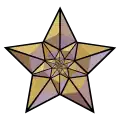 Chinua Achebe
Chinua Achebe Argosy (magazine)
Argosy (magazine) Bronwyn Bancroft
Bronwyn Bancroft Enid Blyton
Enid Blyton Chitty-Chitty-Bang-Bang
Chitty-Chitty-Bang-Bang The Coral Island
The Coral Island Gerald Durrell
Gerald Durrell Edmund Evans
Edmund Evans Ian Fleming
Ian Fleming The Fox and the Hound (novel)
The Fox and the Hound (novel) Anne Frank
Anne Frank The Guardian of Education
The Guardian of Education The Hunger Games (novel)
The Hunger Games (novel) Lad, A Dog
Lad, A Dog Ursula K. Le Guin
Ursula K. Le Guin Julianne Moore
Julianne Moore Baron Munchausen
Baron Munchausen The Phantom Tollbooth
The Phantom Tollbooth Proserpine (play)
Proserpine (play) Talbot Baines Reed
Talbot Baines Reed Sally Ride
Sally Ride J. K. Rowling
J. K. Rowling Scoops (magazine)
Scoops (magazine) Mary Martha Sherwood
Mary Martha Sherwood The Story of Miss Moppet
The Story of Miss Moppet Through the Looking-Glass
Through the Looking-Glass To Kill a Mockingbird
To Kill a Mockingbird J. R. R. Tolkien
J. R. R. Tolkien When Megan Went Away
When Megan Went Away A Wizard of Earthsea
A Wizard of Earthsea Mary Wollstonecraft
Mary Wollstonecraft
Featured lists
 Andre Norton Award
Andre Norton Award Aurealis Award for Best Young Adult Novel
Aurealis Award for Best Young Adult Novel Barbara Park bibliography
Barbara Park bibliography Caldecott Medal
Caldecott Medal S. E. Hinton bibliography
S. E. Hinton bibliography Coretta Scott King Award
Coretta Scott King Award Ursula K. Le Guin bibliography
Ursula K. Le Guin bibliography List of awards and nominations received by J. K. Rowling
List of awards and nominations received by J. K. Rowling Madonna bibliography
Madonna bibliography Newbery Medal
Newbery Medal Timeline of Mary Wollstonecraft
Timeline of Mary Wollstonecraft
Categories

Topics
Children's literature: Book talk • Children's literature criticism • Children's literature periodicals • International Children's Digital Library • Native Americans in children's literature
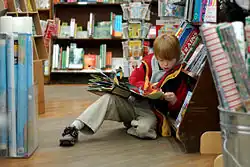
Young adult literature: Gay teen fiction • Lesbian teen fiction • List of young adult authors • Young Adult Library Services Association
Associations and awards: Children's Book Council of Australia • CBCA book awards • Governor General's Literary Award for Children's Literature and Illustration • IBBY Canada • American Library Association • Association for Library Service to Children • Newbery Medal • Caldecott Medal • Golden Kite Award • Ezra Jack Keats Book Award • SCBWI • Sibert Medal • Laura Ingalls Wilder Medal • Batchelder Award • Coretta Scott King Award • Belpre Medal • Carnegie Medal • Kate Greenaway Medal • Nestlé Smarties Book Prize • Guardian Award • Hans Christian Andersen Award • Astrid Lindgren Memorial Award • Society of Children's Book Writers and Illustrators
Lists: List of children's classic books • List of children's literature authors • List of children's non-fiction writers • List of fairy tales • List of illustrators • List of publishers of children's books
Things you can do
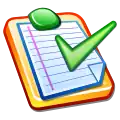
|
|
Related portals
Wikimedia
-
 List of all portals
List of all portals -

-
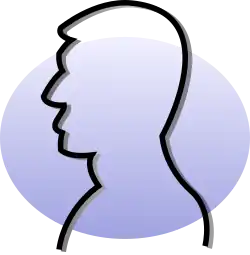
-

-
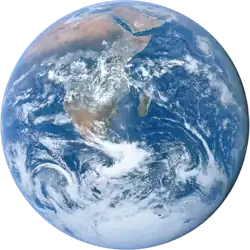
-

-
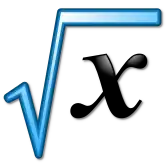
-

-

-

-
 Random portal
Random portal -
 WikiProject Portals
WikiProject Portals
